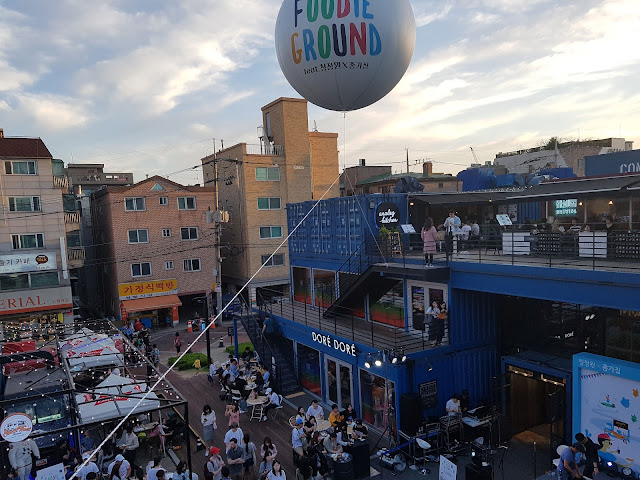🌙 What to Do at Korean Night Markets: Food, Fun & Culture

🌙 What to Do at Korean Night Markets: Food, Fun & Culture Planning a night out in Korea? Korean night markets offer a unique experience filled with sizzling street food, fun local shopping, and vibrant culture. Whether you're a first-time visitor or a seasoned traveler, this guide will help you make the most of your night market adventure. 📚 Table of Contents 1. Why Visit Korean Night Markets? 2. Best Night Markets to Visit 3. Must-Try Street Foods 4. Tips for Visiting 5. 🤔 Did you know? 1. Why Visit Korean Night Markets? Korean night markets are a feast for the senses. You'll find rows of food stalls sizzling with spicy tteokbokki, skewers of grilled meat, and sweet treats like hotteok. These markets are more than just places to eat – they're social spaces where locals and tourists gather. 2. Best Night Markets to Visit Myeongdong Night Market: Central Seoul's busiest shopping street tran...


















